Ambro River. Waterfalls of the M. dell'Ambro
2022
Montefortino, Marche, Italy. Ambro River. Waterfalls of the Sanctuary of the Madonna dell'Ambro
You may also like
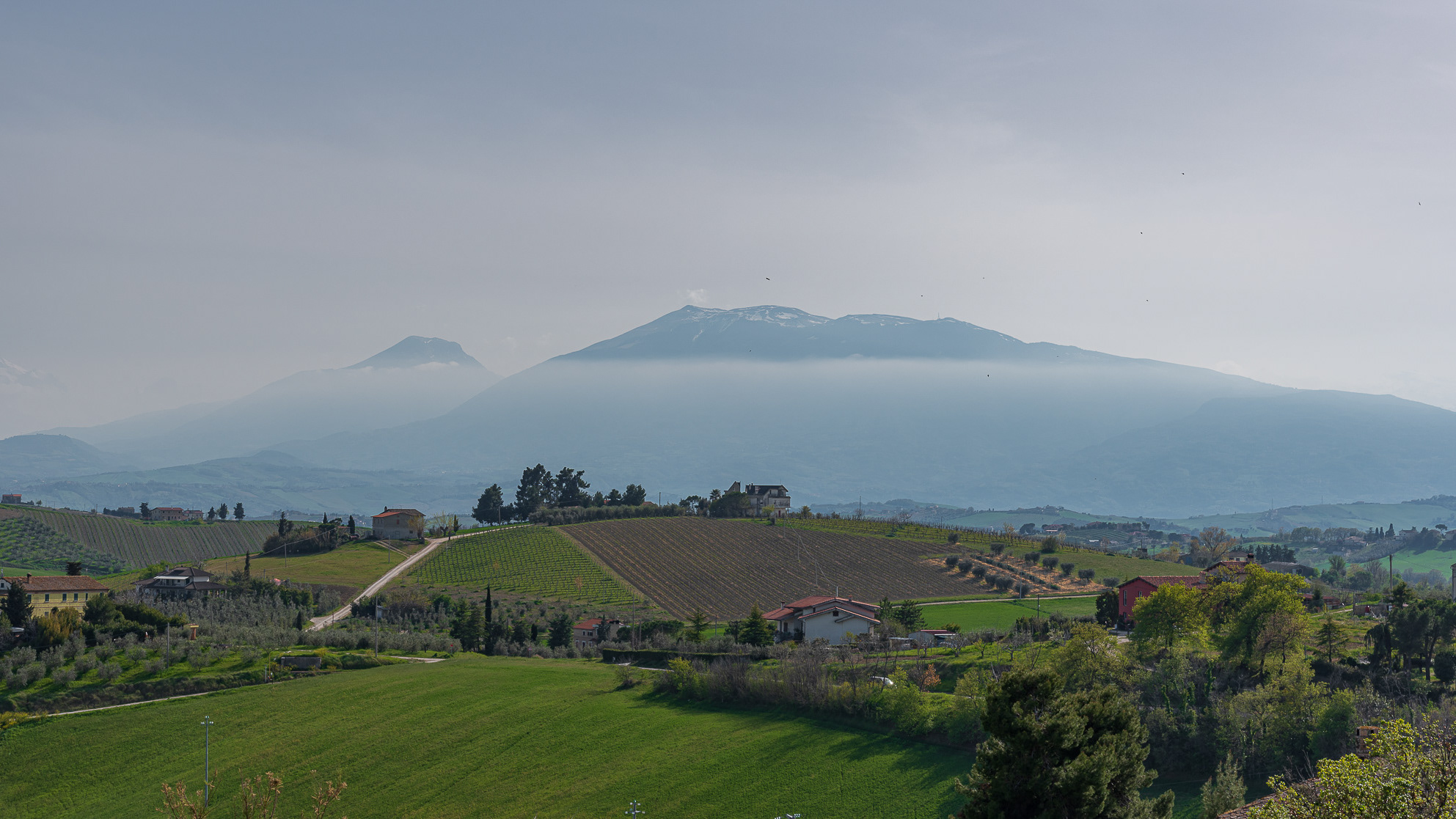
2022
Wonderful view of the Marche hills
2022
Ascoli Piceno. The church of S. Tommaso Apostolo
The church of S. Tommaso Apostolo, built in Romanesque style, stands on the side of the homonymous square which houses the remains of the Roman amphitheater of Ascoli Piceno, reinterred in 1974.
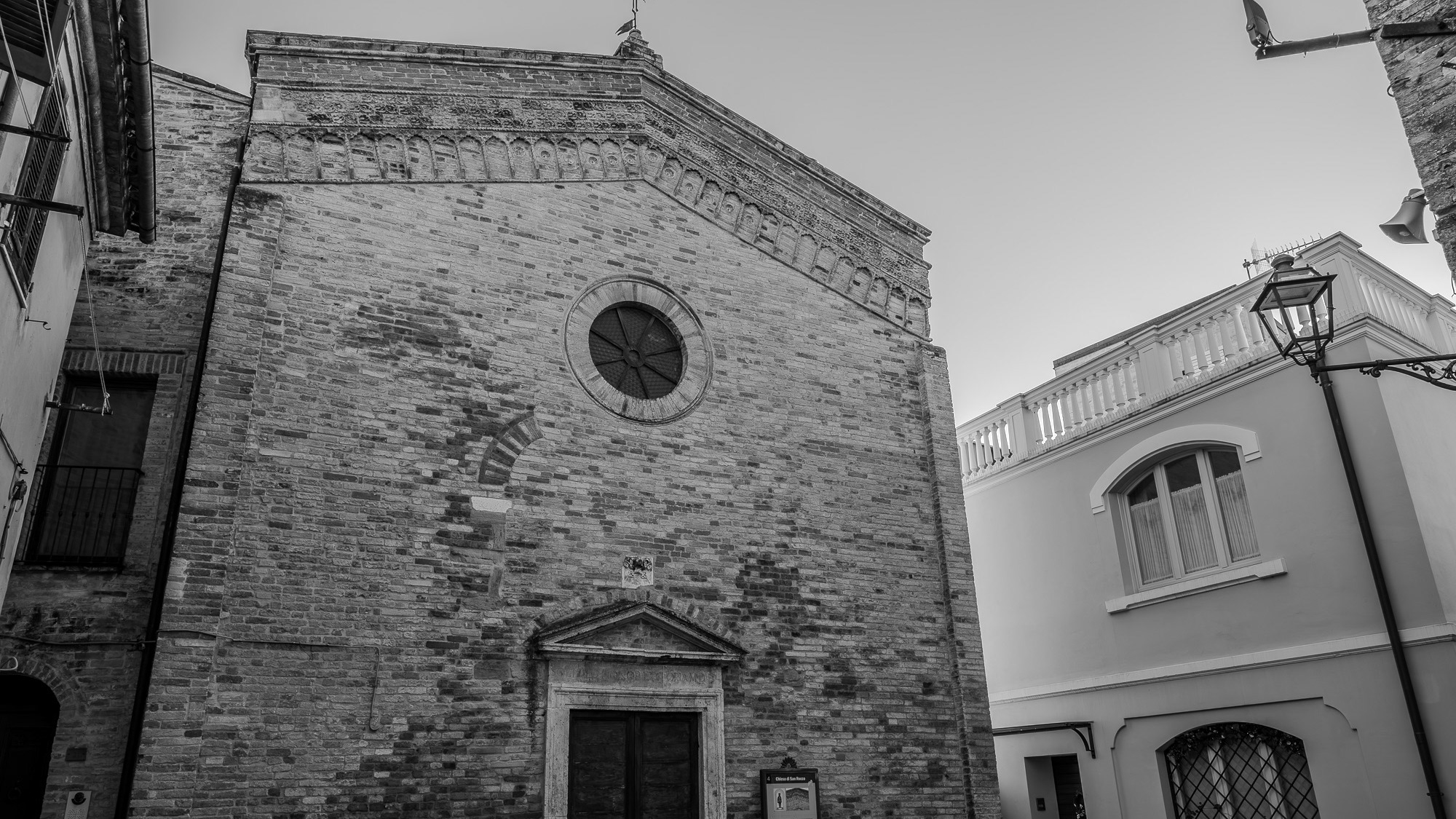
2024
Acquaviva Picena. Church of San Rocco
Church of San Rocco (13th century), Romanesque. It is the oldest church in Acquaviva and today the interior appears nineteenth-century.
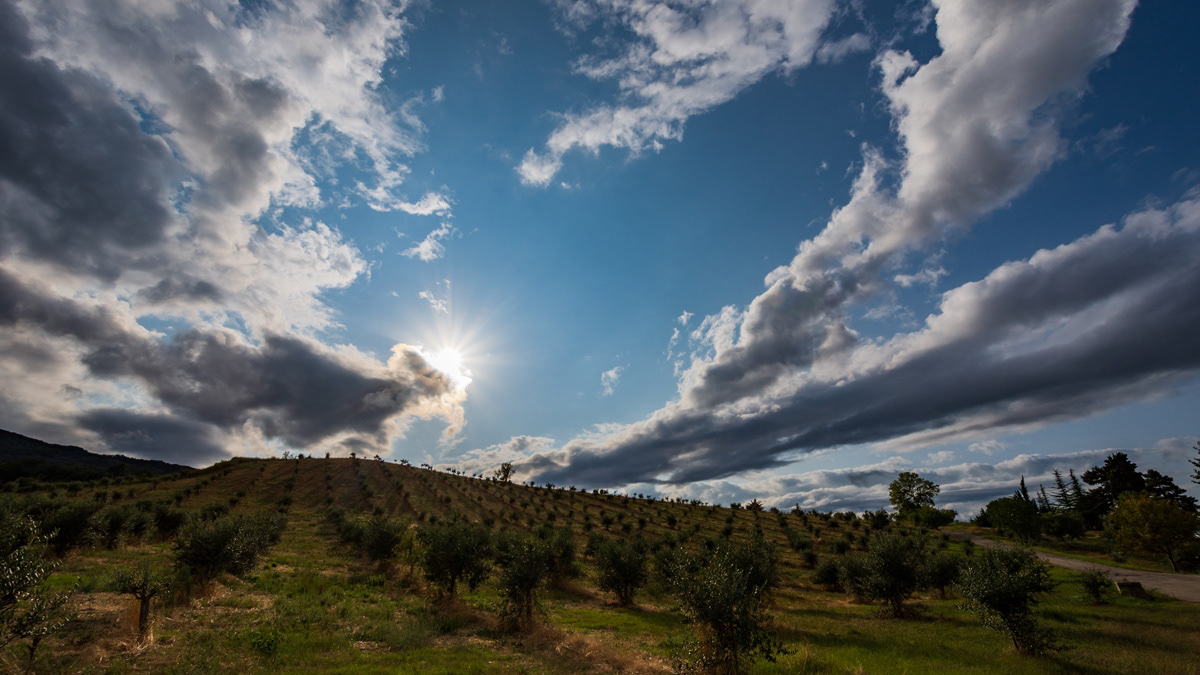
2018
Rotella (AP) - Panoramas
2025
Marche, spectacular view and sunset

2025
Grottammare. The church of S. Agostino
The church, most likely donated by the community, was built by the Augustinian fathers between the end of the 15th century and 1517.
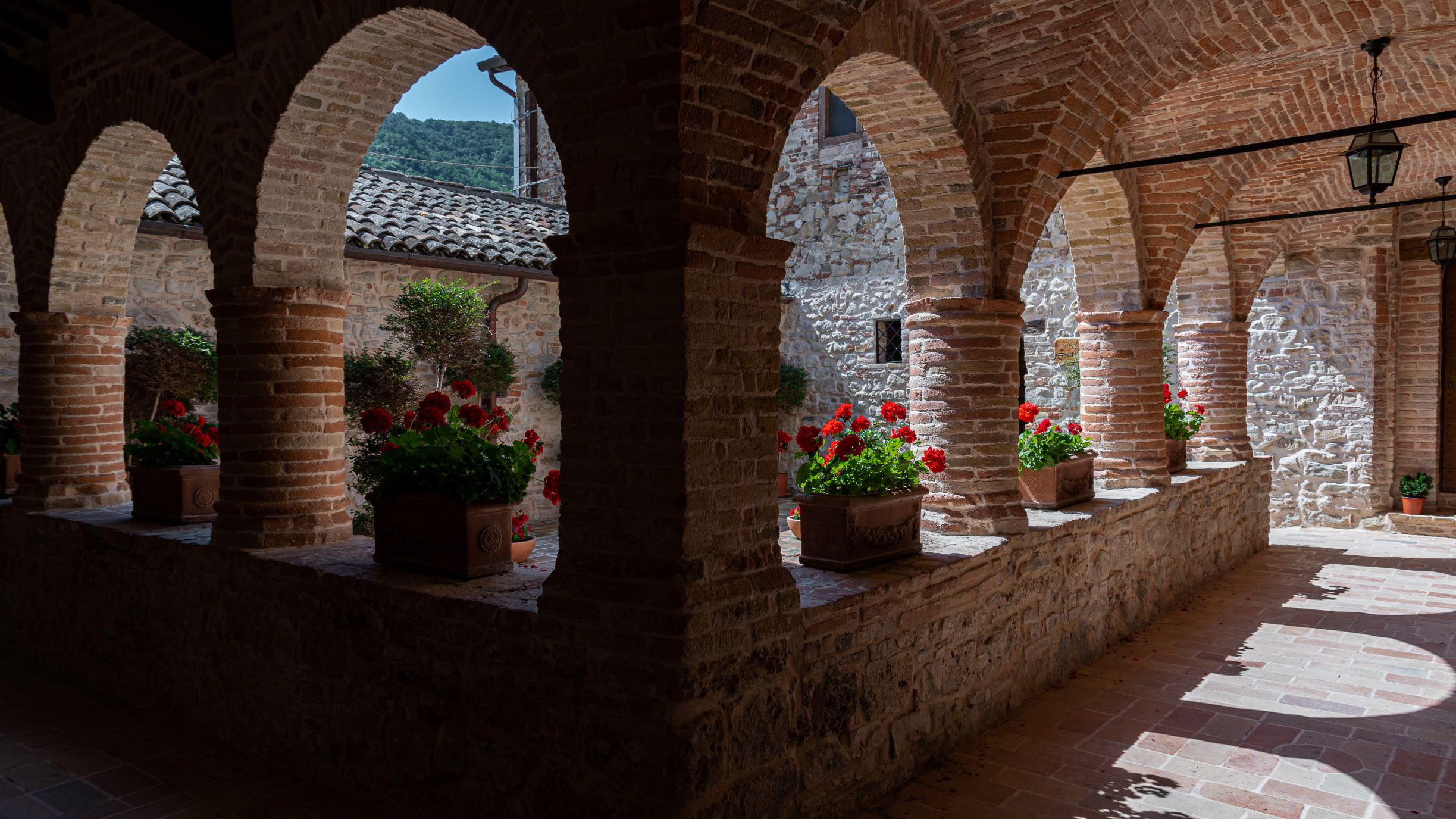
2020
Rotella. Hermitage of San Francesco
In the territory of Poggio Canoso, along the road from Rotella to the Ascension mountain, there is an ancient convent, one of the first Franciscan hermitages built in the region. Tradition has it that it was San Francesco himself, perhaps bringing back everything that was already existing Benedictine, to choose the place that would host his convent and remain there for a night. The convent of Poggio Canoso was suppressed on 18 December 1653. After the uncertainties about its use, the convent finally received the attention it deserved and from 1989 to 2009 it was the seat of the "Meeting Community" of Don Pierino Gelmini. The boys, guests of the center, with precise and assiduous work, managed to restore the church, the cloister and all the ancient Franciscan structures to the splendors of the times of the conventual fathers.
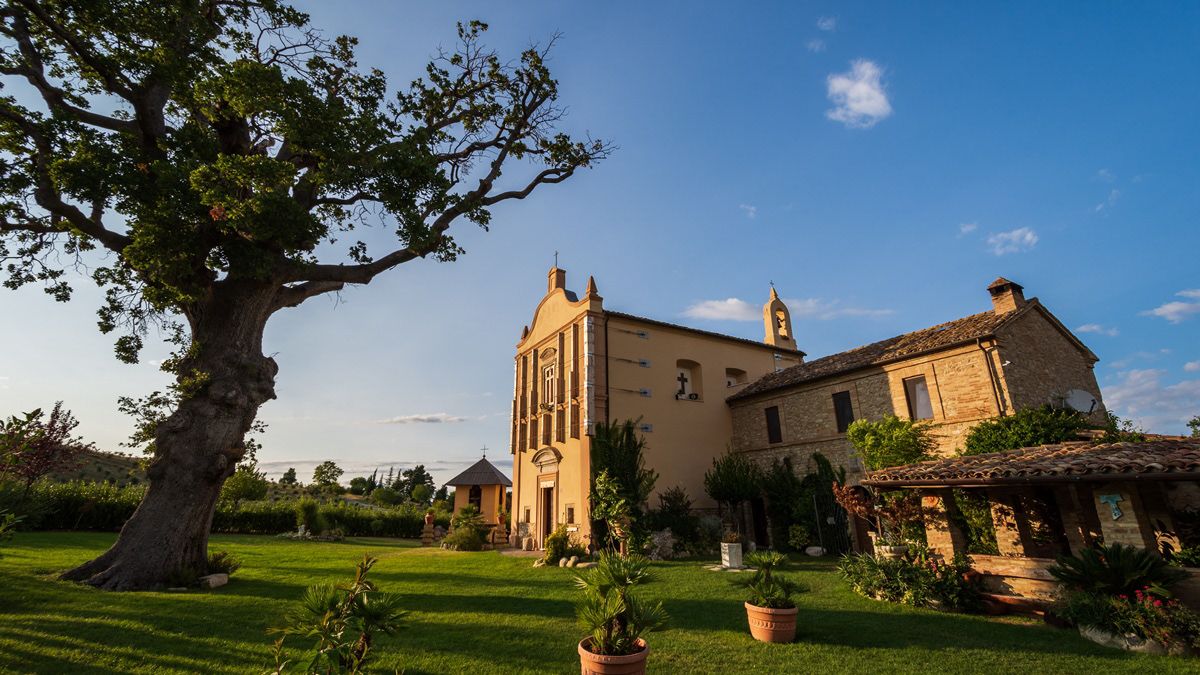
2018
Rotella - Sanctuary of the Madonna della Consolazione
In a small clearing, at the foot of Mount Ascension, there is the Sanctuary of the Madonna della Consolazione or of Montemisio. The Church was built by the monks of Farfa, built on the ruins of a pagan temple dedicated to the goddess Artemis or Artemisia. The cult passed first for the veneration of the Virgin of the Belt, then for the Madonna della Tempera (of the water needed for the fields). A legend tells that, while the drought threatened the crops, a propitiatory procession was held. The statue of the Madonna had just set off, when the sky darkened and the beneficial rain fell. In the 18th century, after the restoration, the church became a place of worship for the Madonna della Consolazione. Today the sanctuary is the destination of numerous pilgrimages. The traditional festival takes place on August 15th. The chapel has a single nave, a terracotta floor and a travertine altar. In the garden stands a centuries-old oak tree over 23 meters high, with a circumference greater than 5 meters.

2025
Offida. Church of S. Maria della Rocca
2022
Ripatransone. The co-cathedral of SS. Gregorio Magno
The co-cathedral of Saints Gregorio Magno and Margherita is the main cult building in Ripatransone, in the province of Ascoli Piceno, co-cathedral of the diocese of San Benedetto del Tronto-Ripatransone-Montalto. It is a minor basilica and a triple sanctuary, as it also includes the chapel of the Madonna di San Giovanni and the crypt of Mercy and Death, considered temples in their own right.
